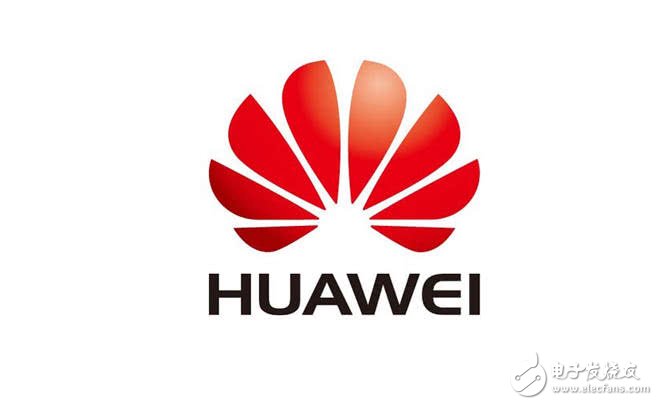It is reported that Huawei has released an ultra-low-cost smartphone in the African market. The price is only US$80. It is the lowest-priced smartphone. This represents Huawei’s official entry into the ultra-low-end mobile phone market. In order to win more market share. Huawei's mobile phone has achieved the world's third and domestic first, but its smartphone shipment growth rate has been declining continuously in the past two years. In 2016, its smartphone shipments increased by 27.5% year-on-year, which is about half of the growth rate in 2015. 2017 In the year, its smartphone shipments increased by only about 10% year-on-year, which highlights the problem that Huawei's mobile phone sales are facing growth after reaching a certain scale. In overseas markets, Huawei's smartphone business experienced a rare decline. In 2017, its overseas market shipments fell by about 18% year-on-year. In the same year, its shipment growth was dependent on the domestic market. In 2017, among the Chinese mobile phone brands, the best performance in the overseas market was Xiaomi, and the shipments doubled year-on-year. In contrast, Huawei’s performance in overseas markets was eclipsed. The growth of Xiaomi's overseas shipments mainly comes from emerging markets. It relies on its cost-effective red rice brand to attack the market in emerging markets. Even in some markets such as Russia, it has beaten Huawei, which has made Huawei very stimulating. Under the stimulation of Xiaomi, Huawei began to change its strategy since October last year, not only emphasizing the attack on the high-end mobile phone market, but also indicating that it will also enter the low-end mobile phone market. Huawei has always focused on the European and American markets in overseas markets, because these markets can bring more profits, and Huawei itself has a strong patent strength to help it enter the European and American markets. Other Chinese mobile phone brands are worried that the patent issue has been chosen. Emerging markets where intellectual property management is less stringent. At present, Huawei has won the third place in the European market. The data released by Canalys shows that Huawei’s share of the smartphone market in Europe reached 16.1% in the first quarter, and Samsung’s and Apple’s market share was 33.1%. 22.2%; in the same period, its shipments increased by 38% year-on-year, while Samsung and Apple's shipments fell by 15% and 5% respectively, indicating the strong growth momentum of Huawei. However, Huawei has repeatedly suffered setbacks in the US market. It is now more difficult to enter the US market because of the public's knowledge. Under such circumstances, it has begun to focus on emerging markets such as India and Africa. From the overall population, India and Africa have more than ten people. Billion, the market capacity is much larger than that of the European and American markets, which will help Huawei to increase the shipment of smartphones. According to counterpoint data, Huawei has won the fifth place in the Indian smartphone market in the first quarter of this year, which is the first time it has ranked among the top five in the market. The highest share of mobile phone market in Africa is voice transmission, but it mainly sells feature phones. At present, it has also begun to transform into smart phones. In the first quarter of this year, it has become one of the top ten global smartphones. This also shows that the African market is turning to smart phones. Huawei's choice to attack the African market at this time is an appropriate time. Huawei's ultra-low-end smartphone is Huawei's Y3. It uses MediaTek's low-end chip with 1GB of memory and 8GB of storage. The front camera has 2 million pixels + rear camera 8 million pixels. It is an entry-level model. Google's operating system "Android GO" for ultra-low-end mobile phones, which sells for less than 500 yuan, is ultra-cheap. At present, Huawei's rapid growth in the smartphone market in India is its glory brand. The launch price of mobile phones ranges from RMB 500 to RMB 1,000, which is also the price segment of Xiaomi's successful red rice brand in the Indian market. What is strange is that the ultra-low-cost mobile phone that Huawei sells in the African market is not the glory brand with the main price/performance ratio but the Huawei brand. This may indicate that Huawei is giving the glory brand greater autonomy and let Huawei and The glory brand competes appropriately in overseas markets and will focus on the goal of smartphone shipments. At present, China's smart phone market is experiencing a cold snap. In the fourth quarter of last year and the first quarter of this year, there has been a double-digit decline. In the first quarter of this year, it has fallen by nearly 30% year-on-year. This has forced Chinese smartphone brands to expand their efforts in overseas markets. Xiaomi Needless to say, OPPO recently launched the main online price brand realme in the Indian market. Huawei's launch of cheap mobile phones in overseas markets is also in line with this trend. Data from the first quarter showed that Huawei's overseas shipments of mobile phones reversed the downward trend of last year. This time, its launch of ultra-cheap smartphones in emerging markets may continue this growth momentum, helping it to obtain more shipments in overseas markets this year. Volume, driving the continued growth of its mobile phone business overall shipments. Yuchai 201-400KW Diesel Generato Yuchai 201-400Kw Diesel Generato,Yuchai Silent Type Diesel Generator,Yuchai Container Type Diesel Generator,Yuchai Super Silent Diesel Generator Shanghai Kosta Electric Co., Ltd. , https://www.generatorksd.com